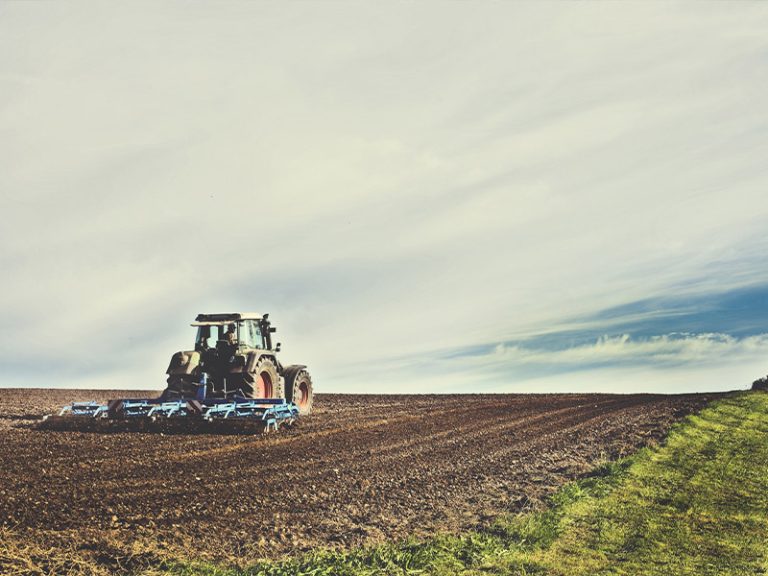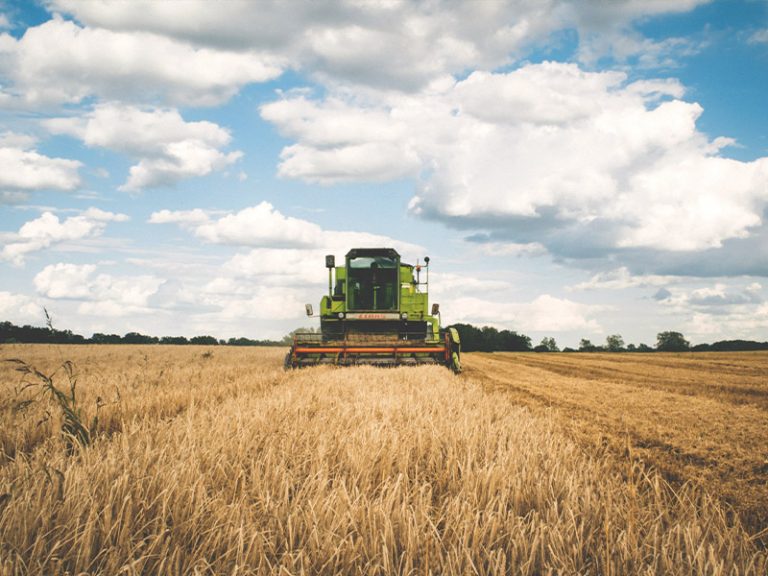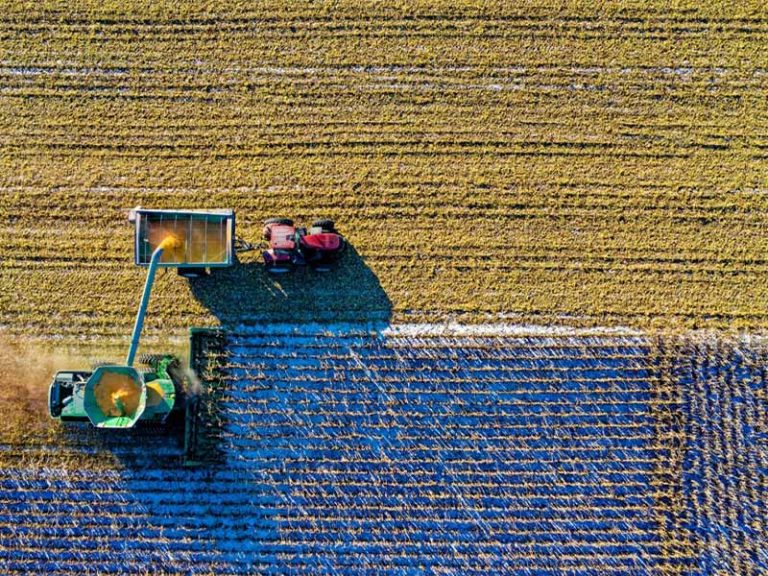One of the world’s first driverless tractors is being put to work in fields south-west of Brisbane. Last season it clocked up 10,000ha (24,700 acres) of spraying with a spot spray rig.
It also carried out 5,000ha (12,400 acres) of tramline renovation work.
2 methods of working
Our Fendt 936, which is equipped with an autonomic system from Probotiq, can start work in 2 different ways. The first method is “learn and play”. This is where the tractor has to first be driven up and down over the whole paddock, after which it can follow the same route and speed. It can also travel over a private road.
The second and better system is to drive once around the outer boundary of the paddock, and around any obstacles in the paddock. Then you have to programme it by putting in the direction of working (AB line), working width, speed, engine RPM and other working parameters.
The robot tractor then calculates where to drive, how to make the headland turns and prepares a map of how best to work the whole field. It also calculates how much time it will take to complete the work.
Finally, the driver gets off the tractor and using remote control, sets the tractor in motion, leaving him/her free to do other tasks. In the event there is a problem, such as the spray tank running empty, the driver gets a phone message from the tractor.
What happens if something goes wrong?
Our initial fears were whether we would find the tractor in a neighbour’s paddock, in a ditch or against a tree. We can now laugh about it, but in the early days we were indeed a bit nervous when we set the tractor off into the distance all by itself.
Although it sounds strange, I am now convinced the robot tractor is safer than a tractor with a driver in it, in several ways.
The big difference between a standard GPS steering tractor and a robot tractor is that the robot tractor will always stand still unless every parameter is “green” or correct. A standard tractor with GPS steering will keep driving as long as the driver does not intervene.
After the command to drive, the robot tractor checks to see that it is standing on the right track, there is nothing in front and if the tractor is in mechanical order – with the correct oil pressure and temperature, brakes off and with an RTK signal. In total, it checks 50-100 parameters.
After that, it switches on the hydraulics for the spray rig and checks the spray pressure. Then it starts to drive slowly, while looking at all parameters. When everything is OK, it increases the throttle and shifts gears to achieve the set speed.
Benefits of an electric tractor
We have seen many benefits, including labour savings, especially at night and at weekends.
There is also the bonus of lower maintenance and repair costs because the machine is being driven entirely within pre-set parameters and not pushed to the maximum. If a fault is detected, it stops. There should also be fewer small accidents such as collisions with trees and fences.
We are also seeing better efficiency than with a good driver, because there is zero personal downtime during working hours – the machine runs non-stop.
Now that we have overcome the safety concerns in the early development of the system, we can trust that this is the solution for safer and more economic work on the farm.
The future of electric driving
We have ordered 2 more robotic tractors so we can work 3 machines next season. The added benefit is that not only can we use them in full robot mode, but also as a normal tractor with GPS autosteering and a driver.
This is why I believe driverless tractors without a cab, such as the Case Magnum 370 CVX featured in the April issue of Future Farming, look interesting, but in practice they would be more expensive and less flexible than a standard tractor with a cab.
Now the robot tractor can be used as an autonomic platform, the next step is to modify equipment to work with it. With more sensors and image control, such equipment will also work better when there is still a driver in the cab.
And while the robot tractor can replace conventional tractor drivers and save on labour, it does create a new profession, for highly skilled people with computer knowledge.
In the meantime, when not all work can be done with a robotic tractor, the system reduces the workload and stress, so tractor drivers can do a difficult job without the risk of hitting a fence or driving into a ditch.






